🔎 The future is small
Cycling, day trading and styling our way to a smaller, niche-ier social internet
This week:
🏔 Strava’s personalization tools have created unique norms like “Everesting”
📈 Stocktwits combines market experts and social influencers
🧥 Depop uses social media trappings for vintage clothes reselling
Whether we mean to or not, when talking about social media, we spend the bulk of our energy talking about the platforms with more than one billion users. They understandably attract a lot of attention, but the largest platforms — Facebook, Instagram, TikTok — aren’t the entirety of the social internet, and they might not be the future of it. As New_ Public Co-director Eli Pariser told the Wall Street Journal this week, "the era of a few big winners is ending." Eli added, "Consumer tastes are changing. The one-size-fits-all approach—they're seeing how much that's breaking down."
We’ve seen evidence of this in smaller, private social groups like Discord. Similarly, our Advisory Board member Ethan Zuckerman has charted the rise of topic-specific social communities, such as subreddits, in an essay he wrote with Chand Rajendra-Nicolucci.1 But we also have seen another kind of specialization: platforms that play an extremely specific role in users’ lives. For example, we take for granted the ubiquity of dating apps, and rarely consider them as a kind of “social media.”
This week, we take a closer look at some niche platforms. Unlike the larger platforms that are owned by billionaires and subjected to constant press coverage, these smaller spaces have developed some really interesting norms and features that we’re interested in for the development of new digital public spaces. This week, I downloaded some apps and parachuted into Strava, Stocktwits, and Depop to do a brief case study on each.
Strava: Running for Kudos
What is it? Strava is a fitness tracker with a built-in social component: see where other “athletes” are running or cycling, and give them “Kudos” to celebrate their workout. There is some gamification, and the app rewards you for having the top time in a particular segment or route. However, some users report that these features feel less about “stickiness” and getting users hooked, and more about building a sense of group encouragement locally. The app is primarily funded by premium subscriptions, not ads.
Who is the audience? At 76 million users, Strava is one of the largest fitness tracking apps in the world. After launching Strava as a cycling tracker in 2009, its developers created a separate running app in 2011 before merging both together in 2014. Now, Strava accepts GPS data from just about any source, and incorporates activities as varied as skiing and yoga. Like many platforms, Strava saw a significant boost during the pandemic, including from users tracking regular walks. The audience is mainly men, and largely outside of the US, but user behavior can vary quite a bit from activity to activity. For example, female runners and cyclists are more than twice as likely to also take walks than male runners and cyclists.
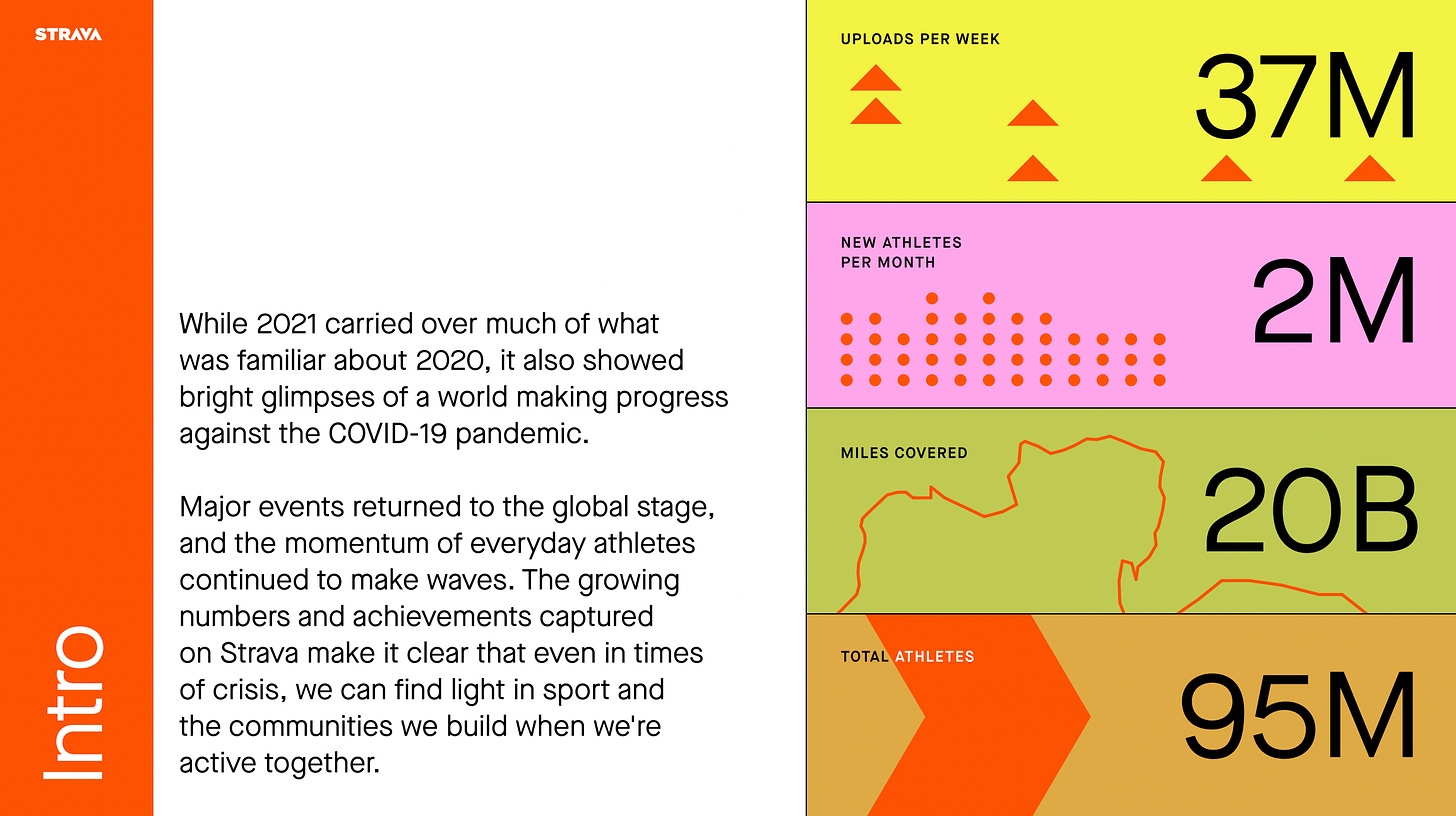
Interesting features/norms: It’s fascinating to open the app and see where people like to run and bike nearby. The ability to personalize routes and segments has led to some really interesting norms. Naming runs or rides with puns or silly names is expected, which is why near me there’s a “Little Stinky,” and a “Big Stinky” around the corner. There’s also “Everesting,” where a user climbs a combined 29,029 ft, or the height of Mt. Everest, while doing a single activity. Personally, I can’t imagine cycling an elevation of tens of thousands of feet in one go, but apparently it’s quite popular! Other users like to make Strava art, where they plan a route that forms a recognizable shape or design on the map. Most of the social interaction on Strava seems limited to Kudos and comments, but that seems to be enough to keep users coming back.
Stocktwits: Talkin’ ‘bout stonks
What is it? Stocktwits, founded in 2008, appears to be a Twitter clone for the stock market, where conversation is organized around individual funds and securities. Users chat about a specific stock — Nike (symbol NKE), for example — and leave Twitter-like comments on its page. Unlike Robinhood, the popular fee-less trading app, there’s no money changing hands on Stocktwits, but you can connect a portfolio from a financial institution. The platform is mostly supported by ads.
Who is the audience? Long before Reddit meme stock traders sent GameStop “to the moon” in 2020 through organizing on r/WallStreetBets, day traders and market watchers used Stocktwits to get tips and gauge trends. Like Strava, Stocktwits has also grown dramatically during the pandemic, increasing its user base by 50% in 2021, to about one million monthly average users — mostly men in the US below 45. Despite the recent growth, that’s not a huge user base, but the app is set on expanding to India and other countries.
Interesting features/norms: Stocktwits’ claim to fame is the “cashtag” — which works like a hashtag, but with a dollar sign in front of a stock symbol — and was later added to other social platforms, including Twitter. Another useful Stocktwits design feature allows users to click BULLISH or BEARISH when commenting on a stock. This informs an overall “sentiment” metric that can trend up or down: a kind of instant thermometer for traders. Users can gather in free-of-charge Rooms to discuss stocks. They can also pay anywhere from a few bucks to hundreds of dollars a month for the financial expertise of Stocktwits influencers in Premium Rooms. That’s still cheaper than paying for a traditional hedge fund newsletter subscription, which can cost thousands of dollars a month.
Depop: Scroll through haute lewks
What is it? Strictly speaking, Depop is not literally a social network; it’s a fashion marketplace. But as I’ll explain here, it is tied closely into the broader social media ecosystem. Depop, founded in 2011, takes vintage clothes shopping, like you might find on eBay, and presents it in a scrolling image feed like that of Pinterest or Instagram. However, you can also “like” items and follow sellers in a way that feels like a social feed. Depop was acquired by Etsy last June.
Who is the audience? Interestingly, this decade-old platform has an extremely young audience. The vast majority of Depop’s 30 million users around the world are Gen Z, and they mainly use it to buy vintage apparel (which, to them, means clothing from the 1990s and early 2000s). It’s important to understand that these smaller platforms don’t operate in a vacuum: Depop is closely integrated with Instagram and TikTok, because influencers and celebrities can wear a fashionable outfit in photos and videos and then link back to their Depop account and sell those same items to their fans.
Interesting features/norms: Users can also pay to be “styled” by an influencer on Depop. Send them your measurements and preferences, and you will recieve a curated bundle organized around a theme (like “sk8r girls” or “Y2K mall goths” for $150). Depop also borrows from social media in their use of recommendation algorithms to assist with the shopping experience. Not only do shoppers get “suggested for you” recommendations in the part of the app called “My DNA,” but users can “Edit My DNA” to adjust what the app recommends. This is a feature I’d love to see more on larger social media platforms. Hey Elon, I would love to Edit my Twitter DNA to make it a more pleasant experience.
Our Community Lab takes on education in Oakland
Last week, we hosted workshops for our first design sprint of the New_Public Community Lab. We gathered caregivers, educators, advocates, and designers in Oakland, California to imagine new online parenting communities.
Together we discussed needs, hopes, and opportunities for tools that might better coordinate community strengths, cultivate healthier information sharing, ease participation, and spark joy and belonging. Here’s a generous, thoughtfulreflection from our co-host, Courtney Martin:
New_ Public is urging a different kind of place and time: Imagine learning and connection as success metrics, not vitriol and virality. Imagine cooperatively owned, not billionaire-owned. Imagine genuine, nuanced engagement, not misinformation and manipulation, with the inevitable complexities that arise from living, learning, and working in communities, not to mention an ailing democracy
Thanks to our partners at Reboot, Siegel Family Endowment, and the National Conference on Citizenship, and to everyone from Oakland who came out and dreamed with us. We look forward to building on our conversations. Look for more info about our upcoming sprints and learnings from this first sprint in early summer.
Community Cork Board
We're growing our team to include a COO, a Head of Product, and a Head of Community as we build the prototypes and models for the future of digital public infrastructure. (Plus four internships!). Check out the job descriptions and apply here.
If you missed the Better Social Media Career Fair we co-hosted with All Tech Is Human, you can watch the brief presentations and find all the available positions listed here.
You’ll have two chances to see Joi Rae, New_ Public Head of Operations and Partnerships, on panels later this month. On May 20, Joi will be on the “Building Positive Digital Spaces” panel at the Responsible Tech Summit. On May 26, she’ll be at Digital Void Festival: Brooklyn.


Segmenting,
Josh
Screenshots via Strava, Stocktwits and Depop. Design and illustration by Josh Kramer.
New_ Public is a partnership between the Center for Media Engagement at the University of Texas, Austin, and the National Conference on Citizenship, and was incubated by New America.
In the Field Guide, scroll down to the essay “Forum Logic: Topical, with a side of toxicity” on page 88.


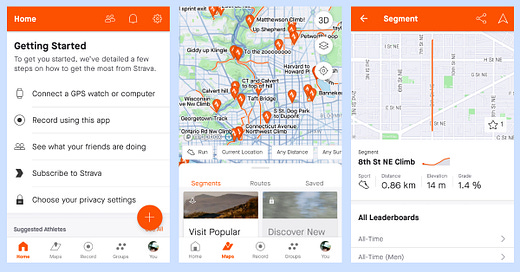


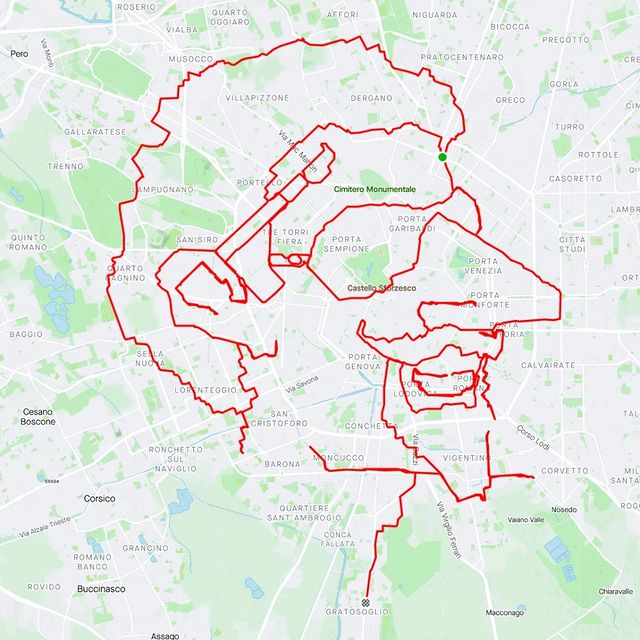
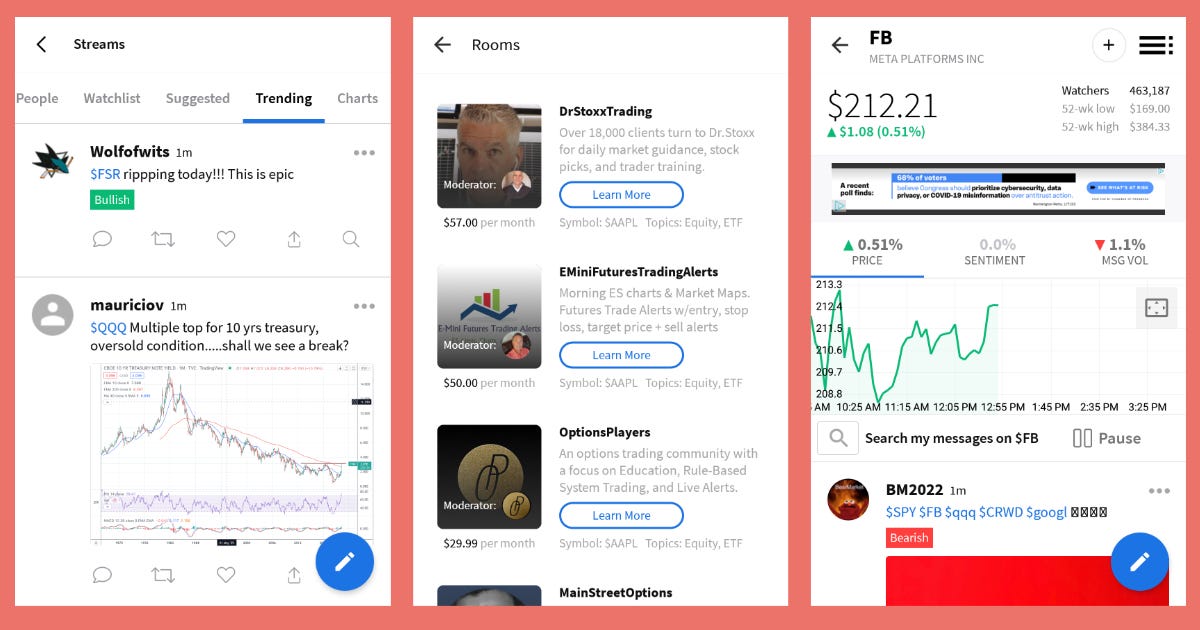
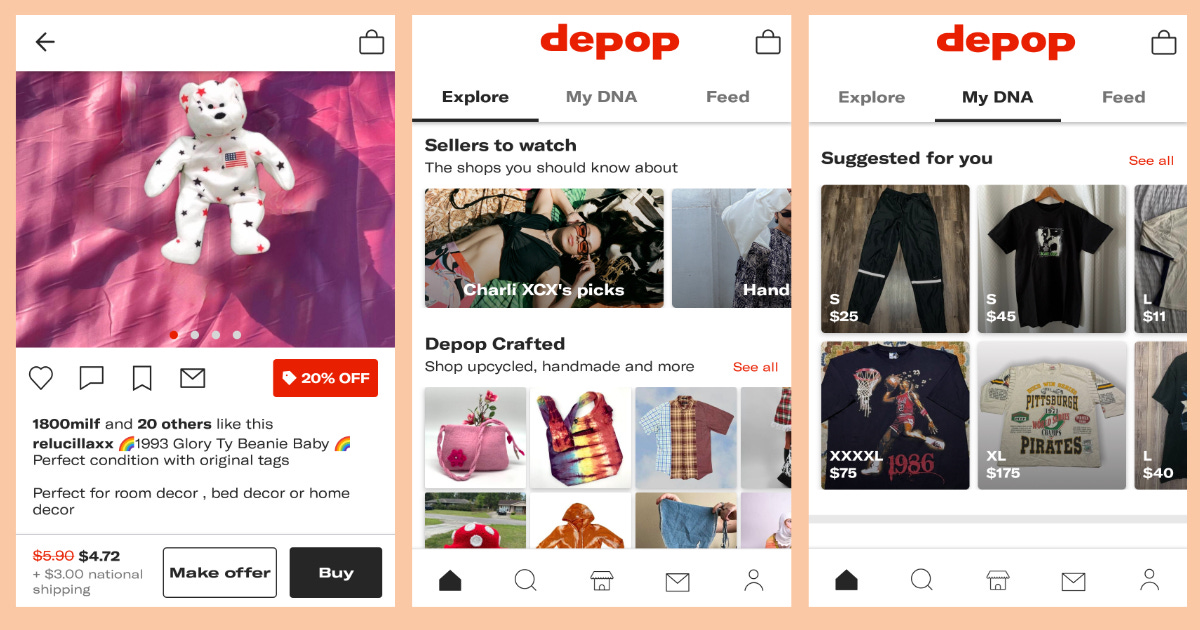
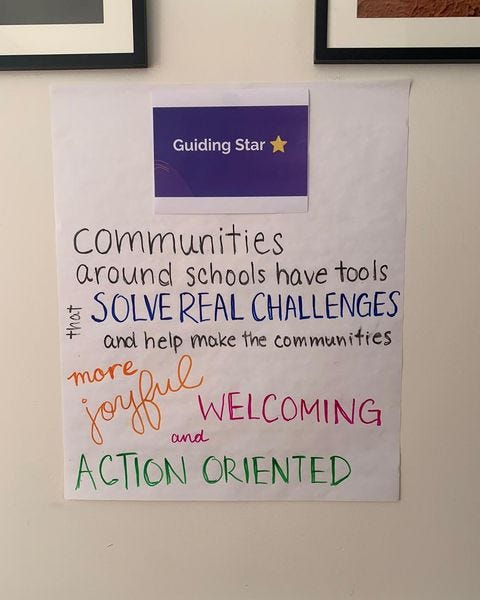
"Segmenting" - love a sign-off.
For these smaller platforms, what are the monetisation trends? Are these based on data monetisation? What about privacy?